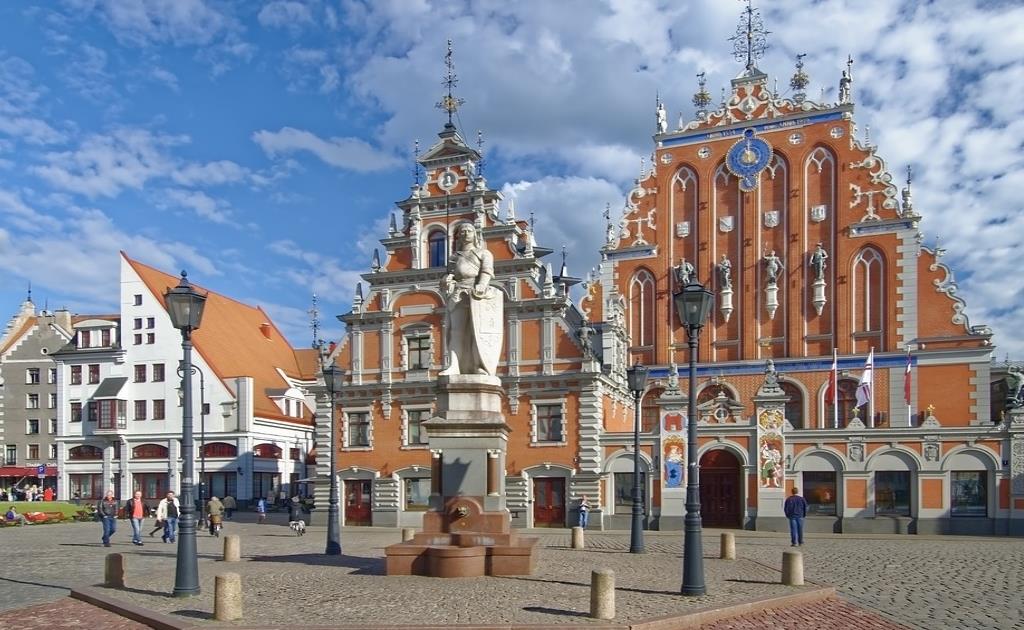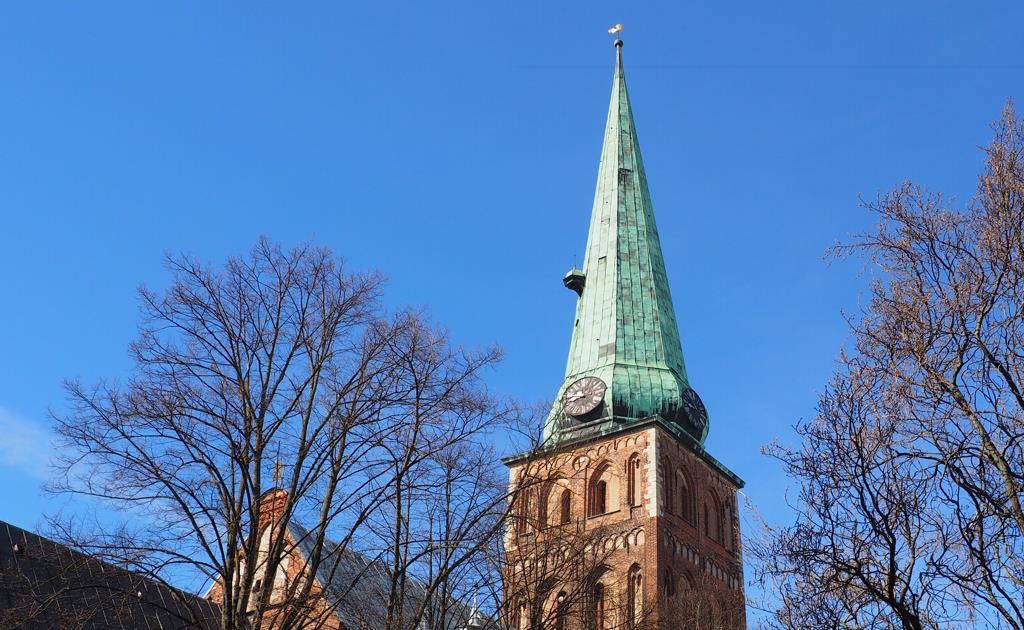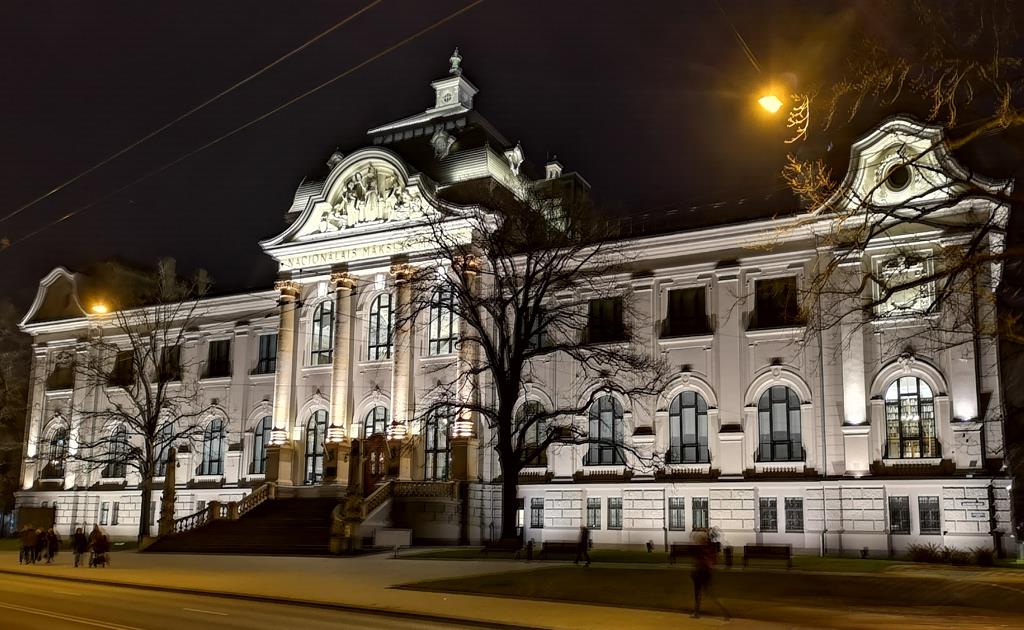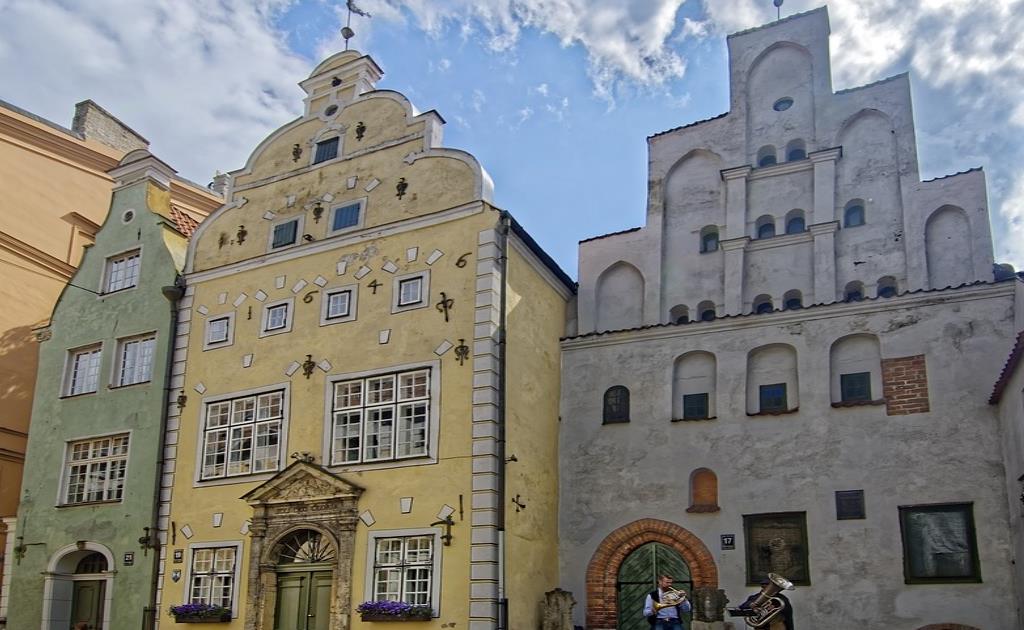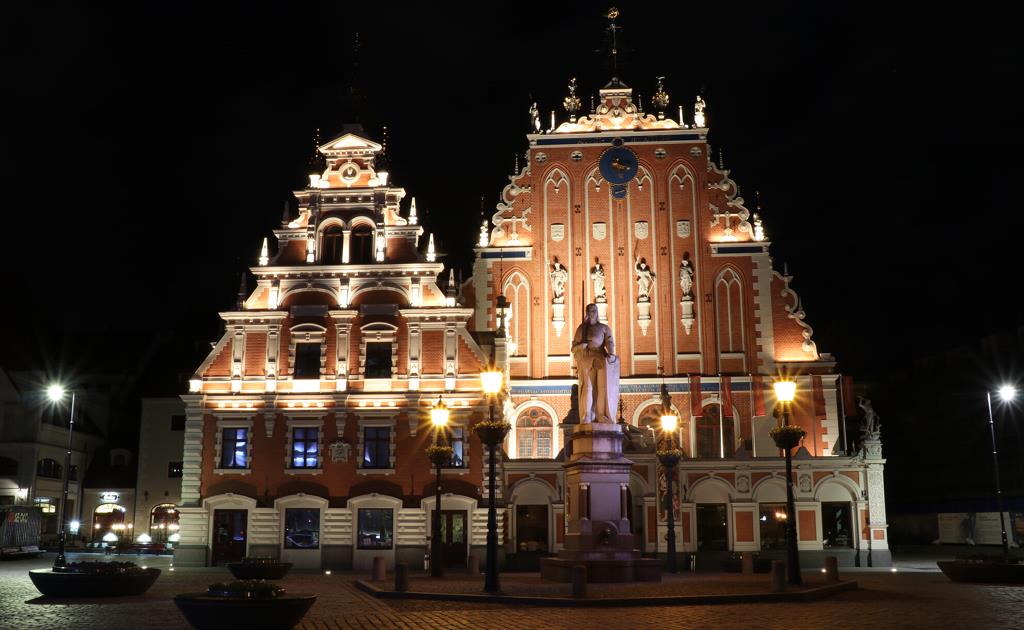Latvia is a country on the Baltic Sea between Lithuania and Estonia. Its landscape is marked by wide beaches as well as dense, sprawling forests. Latvia’s capital is Riga, home to notable wooden and art nouveau architecture, a vast Central Market and a medieval Old Town with St. Peter’s Church. Riga’s museums include the Latvian Ethnographic Open-Air Museum, showcasing local crafts, food and music.
Latvia, country of northeastern Europe and the middle of the three Baltic states.
Latvia, which was occupied and annexed by the U.S.S.R. in June 1940, declared its independence on August 21, 1991. The U.S.S.R. recognized its sovereignty on September 6, and United Nations membership followed shortly thereafter. Latvia was admitted to the North Atlantic Treaty Organization (NATO) and the European Union (EU) in 2004. The capital and chief city is Riga.
The climate is influenced by the prevailing southwesterly winds coming from the Atlantic. Humidity is high, and the skies are usually cloudy; there are only about 30 to 40 days of sunshine per year. Average precipitation usually exceeds 20 inches (about 500 mm) on the lowlands and may approach or exceed 30 inches (about 760 mm) on the uplands. The frost-free season lasts about 125 to 155 days. Summers are often cool and rainy. The mean temperature in June is in the mid-60s F (about 17 °C), with occasional jumps into the mid-90s F (about 34 °C). Winter sets in slowly and lasts from the middle of December to the middle of March. The mean January temperature ranges from the upper 20s F (near −2 °C) on the coast to the lower 20s F (about −7 °C) in the east. There are occasional extreme temperature drops into the −40s F (about −40 °C).

